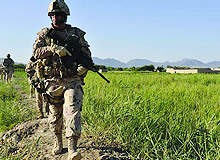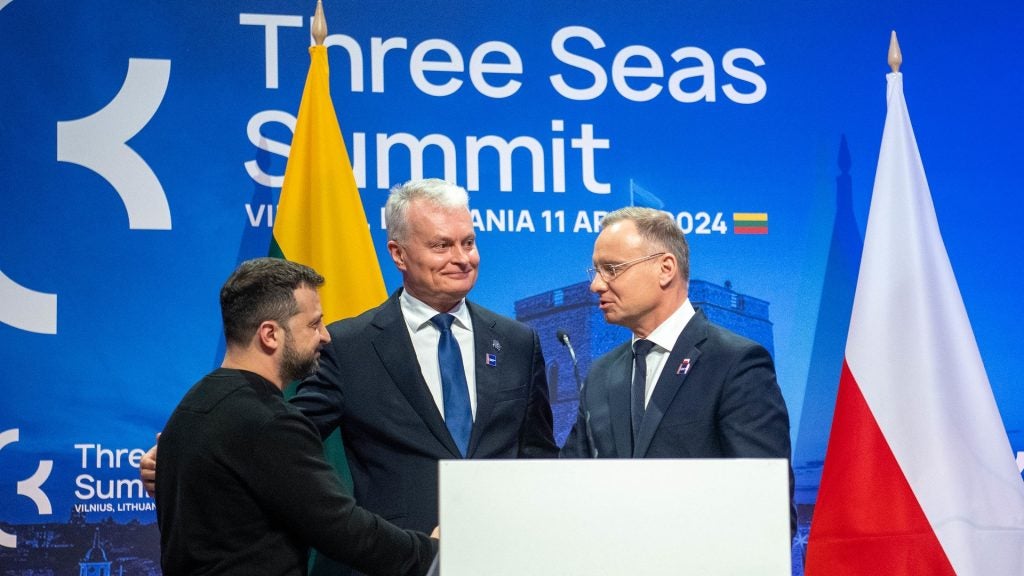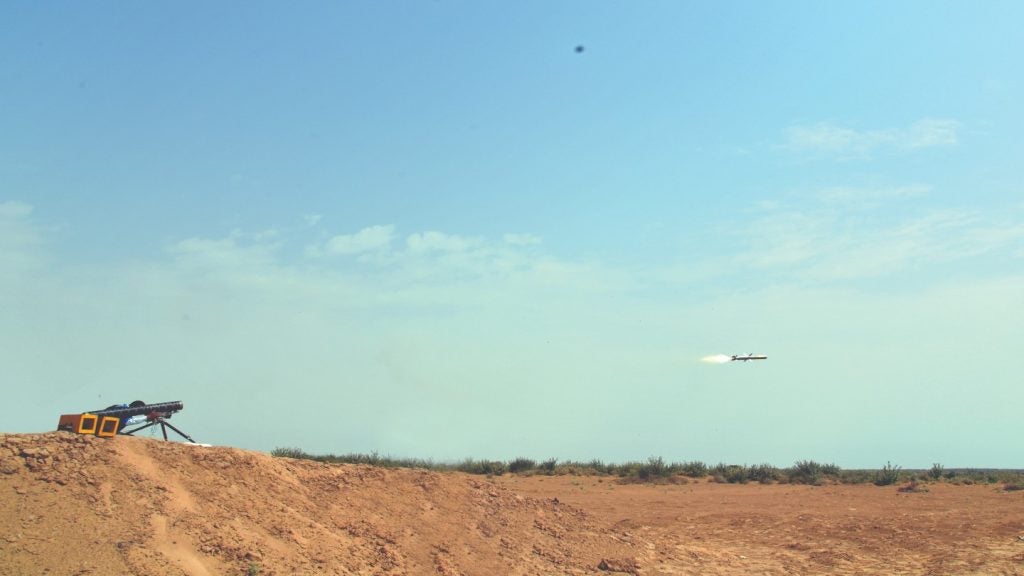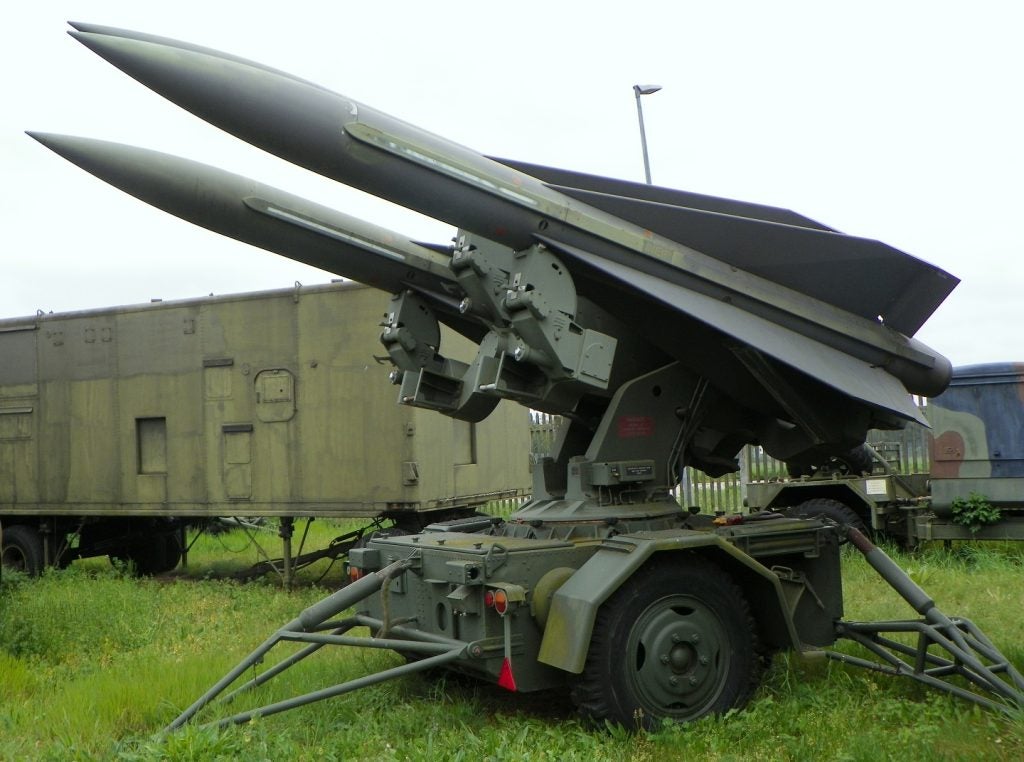
Defence and Security Systems International: What is Canada’s integrated soldier system project (ISSP)?
Lieutenant-Colonel Jacques Levesque: The integrated soldier system project (ISSP) is a lightweight integrated suite of state-of-the-art equipment that the Canadian Army is procuring for its dismounted soldiers. The component parts will provide a number of capabilities to soldiers and their chain of command – fire team, assault group, section platoon and company.
Key elements include: network-enabled communications for voice and data, orientation and navigational aids for complex terrain, an integrated power and data infrastructure, interface to sensors such as laser range finders and thermal imagers, visual and auditory displays, and digital maps. ISSP will provide integration of communications, command and situational awareness across the soldier network.
Immediate information on friendly force locations, enemy information, and near instantaneous target acquisition is in high demand by Canada’s close-combat soldiers.
The ISSP technical performance specification sets forth the technical requirements for a Canadian Forces (CF) integrated soldier system suite (ISS-S) of equipment. The ISS-S is to be selected, integrated and delivered through three definition and implementation cycles.
DSSI: What is your budget?
JL: The budget for the ISSP major crown project is C$310m.
See Also:
DSSI: Where are you now in the development process?
JL: The project is currently in the definition phase. The ISSP team has progressed in many areas of the project from key requirements document preparation, to designing user acceptance performance evaluation trials and on to the technical engineering requirements. An array of detailed planning and decision-making meetings are currently taking place internally with essential army, departmental and Government of Canada stakeholders.
How well do you really know your competitors?
Access the most comprehensive Company Profiles on the market, powered by GlobalData. Save hours of research. Gain competitive edge.

Thank you!
Your download email will arrive shortly
Not ready to buy yet? Download a free sample
We are confident about the unique quality of our Company Profiles. However, we want you to make the most beneficial decision for your business, so we offer a free sample that you can download by submitting the below form
By GlobalDataDSSI: What are the major project milestones and projected dates in the near future?
JL: The current thrust for the project team is to finalise and present key documents and information of interest to industry on the project website, leading to the release of the request for proposal (RFP) on the Canadian public tenders service, MERX, in the fall of 2011, the close of the RFP process in the spring 2012, and the comprehensive assessment process that will lead to contract award early in 2013.
The most important milestone the ISSP team is working towards is the release of the RFP to industry, in 2011. Public Works and Government Services Canada (PWGSC) is the releasing authority on behalf of the Department of National Defence (DND). The RFP will appear on MERX.
DSSI: What deliverables will be required of the winning integrator?
JL: In addition to producing and delivering ISSP to the army, the contractor will be responsible for in-service support of the system throughout its lifecycle.
The company will be required to work with the project management office, to ensure system readiness, effectiveness and product improvements through the first two cycles. Cycle three is expected to require a new open bidding process to allow the system to benefit from industry-wide technology advances.
DSSI: Describe the makeup and roles of the ISSP team.
JL: The ISSP team of approximately 30 people is led by the project manager (PM), who is an infantry officer and an engineer. He is supported by the deputy PM and his army project director, who reports to the army’s director of land requirements. The project also has a chief engineer, a human factors engineer and an officer leading the integrated logistics support team. We also have a member managing project finances, and a contracting officer from PWGSC. Each of these officers is supported by a small team of experts.
DSSI: What other government departments are involved?
JL: The principal other government department that is critical to the project is PWGSC, the role of which is to release and manage all the official contracting bids and obligations. They are the team of experts that ensure that the contracting process is fair, open, and follows all the relevant Canadian procurement rules and laws.
They post the offer to tender on MERX and play a key role in the bid evaluations and selection of the winning bidder. Industry Canada, which fosters a growing, competitive, knowledge-based economy, and the treasury board, which approves the funding for and monitors major capital acquisition projects, are also key partners.
DSSI: When will you introduce ISSP into the Canadian Army?
JL: We plan to reach initial operational capability (IOC) by December 2014.
DSSI: How will you ensure that users have a say in the selection of the winning solution for ISSP?
JL: An essential part of the bid evaluation process is the user acceptance performance evaluation (UAPE). Each contender system will be evaluated by a platoon-sized group of experienced Canadian Army soldiers under the supervision of a human factors (HF) subject matter expert.
The objective of UAPE is to determine if the bid systems meet the minimum HF requirements for soldier acceptance and usability in accordance with the bid evaluation plan, based on the statement of requirements (SOR) and the UAP specifications (UAPS). Soldier input will make a significant contribution to the winning bid.
DSSI: Who will receive the ISSP kit?
JL: The end-user of the ISS-S is the dismounted soldier engaged directly in combat with the enemy or deployed in direct support. As such, the ISS-S is to be used across the full spectrum of combat operations. The “user” is either gender, any age or level of experience, different native languages (English and French) and varied anthropometry. The ISS-S will accommodate 95% of the user population.
DSSI: How will ISSP enhance soldier capability?
JL: ISS-S will be employed at the platoon level within a task force deployed on operations. This force must be able to perform across the spectrum of duties and tasks on a broad range of missions. The ISS-S will provide dismounted battle group soldiers with significant capabilities such as enhanced situational awareness, battle management software, and the ability to manage data and imagery.
ISS-S will significantly enhance tactical level individual and team mobility; lethality; survivability; sustainability; and command, control, communications, computers and intelligence (C4I) performance in the complex digitised battlefield.
DSSI: How do the troops feel about being equipped with ISSP?
JL: At the present time, only a small cadre of soldiers know about the exciting new ISSP capability. In 2011, small units of experienced, regular soldiers will have the chance to trial several systems from competing bidder companies. During these UAPEs, the participants will put the systems through their paces in exacting realistic scenarios and provide feedback.
DSSI: How will ISSP be used in non-combat roles?
JL: The essential elements of ISSP – voice and data communications, global positioning and vital information input from the networked battle or operational space – are readily adaptable to complex missions such as disaster relief and humanitarian missions. With its lightweight, durable digitised features, ISSP enhances soldiers’ situational awareness, movement and knowledge, boosting communications and coordination with other individuals and units on the mission.
Canadian forces, especially army soldiers, are constantly on call for the full spectrum of operations. ISSP is a tool that will provide fundamental capability in all conditions and missions.
DSSI: Are you planning to upgrade the ISSP capability over the lifecycle of the equipment?
JL: ISSP cycle 1 is for the purchase of one basic system, the ISS-S, selected, integrated and delivered through three definition and implementation cycles over eight years. ISSP, and similar systems, rely on state of development of technology and plan for emerging research and innovations during the lifecycle of the project.
DSSI: What process have you chosen to manage and maintain the kit?
JL: The ISSP team includes a group of integrated logistic support (ILS) specialists responsible for planning for the lifecycle management of the ISSP kit. The selected contractor will play a major role throughout the lifecycle of ISSP.
DSSI: What are the challenges?
JL: The challenges for the ISSP and other major acquisitions that involve cutting edge technology cover three main areas. First is the challenge to acquire the best available equipment, on time and within budget. Second is to work with industry specialists and other government agencies such as Defence Research and Development Canada (DRDC) to develop and acquire durable, rugged, lightweight equipment that will enhance soldier survivability and capability on the battlefield and other complex and dangerous environments.
Third is to empower junior leaders with advances in military technology that ensure effectiveness for the future and compatibility with allies, to allow them to go up against the skills and a proliferation of advanced weaponry in the hands of our foes. On these fronts, the ISSP team is achieving its goals and we expect to provide a system that will add high value to our soldiers by December 2014.
DSSI: How are you working with other nations’ soldier systems projects?
JL: The PM, the army project director, chief engineer and others regularly attend important national and Nato conferences on soldier technology to share information with other nations’ forces. It is in the best interest of allied nations to share developments and advance soldier systems, which will at times be used in the same battle space.
This encourages and facilitates levels of interoperability, which are constant objectives among the nations’ forces that train and deploy together on joint missions.
DSSI: Any final messages?
JL: Within the context of the five Nato-defined soldier system capability areas, the CF has a recognised capability deficiency. Addressing this shortcoming allows for the provision of an integrated solution that permits individual dismounted soldiers to operate in the digitised battle space in effective teams; connected electronically and seamlessly informed and aware of changes to the operating environment.
ISSP is an integral element of the army’s requirement to function in dispersed operations at the leading edge of their capability. Whether on or off the battlefield, army leaders must ensure that their soldiers are equipped to meet the full spectrum of challenges they might face with agility and technical superiority.
This article was first published in our sister publication Defence and Security Systems International.






